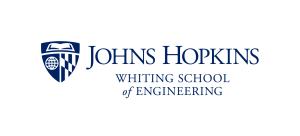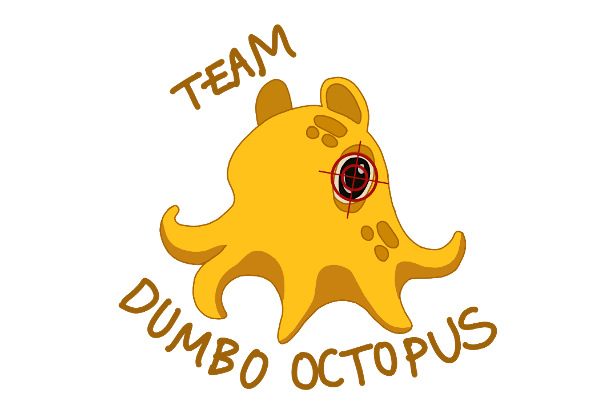Deep Learning Detection of Subtle Dynamic Ocular Torsion from Video Ocular Counter Roll (vOCR)
- Program: Biomedical Engineering
- Course: EN.580.480 Precision Care Medicine
Project Description:
The project focuses on the detection of dynamic ocular torsion from a small dataset of eye video recordings from the OCR test using AI explainable methods.
Project Poster
 Open full size poster in new tab (PDF)
Open full size poster in new tab (PDF)
Project Post Summary:
Ocular torsion, rotation of the eye about the line of sight, consists of dynamic phases (during the head tilt, influenced by the otolith and semicircular canal) and static phases (at the end of the tilt, driven by the utricle). The control of torsional eye position is a key component of ocular motor function. Ocular torsion can be affected by pathologies that involve ocular motor pathways, spanning from the vestibular labyrinth of the inner ears to various regions of the brainstem and cerebellum. Timely and accurate diagnosis enables efficient interventions and management of each case which are crucial for patients with dizziness, vertical double vision, or imbalance. Such detailed evaluation of eye movements may not be possible in all frontline clinical settings, particularly for detecting torsional abnormalities. These abnormalities are often more challenging to identify at the bedside compared to horizontal or vertical eye movements. To address these challenges, we used a small dataset of simulated torsional infrared video-oculography (VOG) to develop video-based deep learning models for detecting ocular torsion that uses explainable AI methods and not traditional pupil or iris tracking. Our best performing model achieved 91.19 % accuracy and 0.9748 AUROC, using ocular features and neurophysiology-supported phenomena.
Course Faculty
- Joseph L Greenstein
- Casey Overby Taylor
Project Mentors, Sponsors, and Partners
- Kemar Earl Green
- Amir Kheradmand



